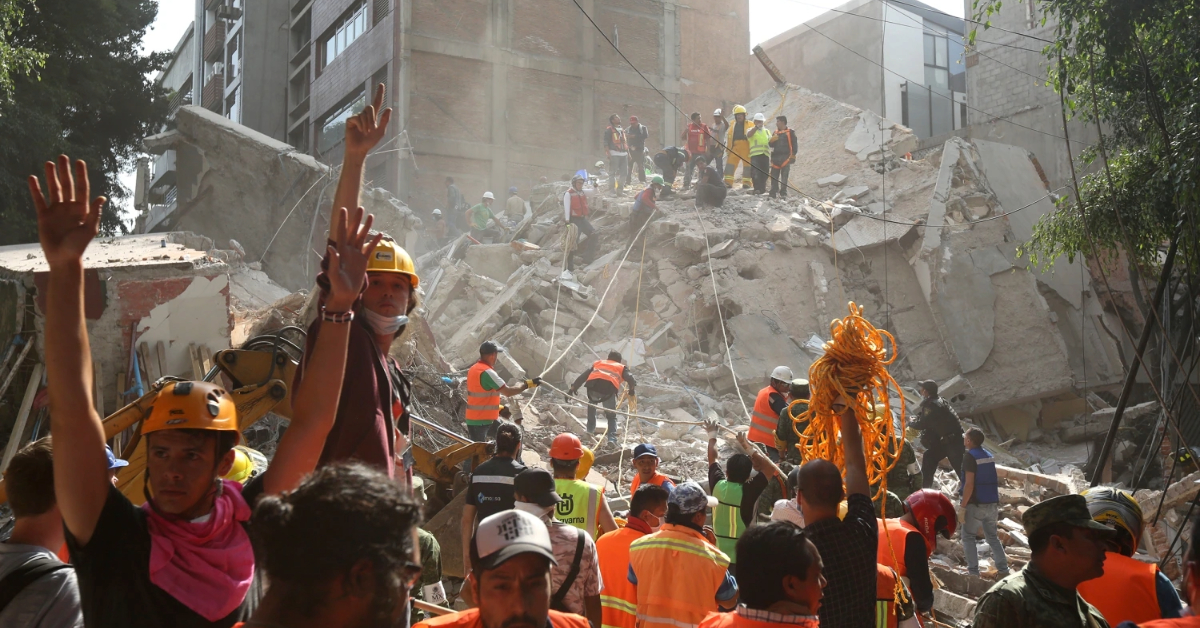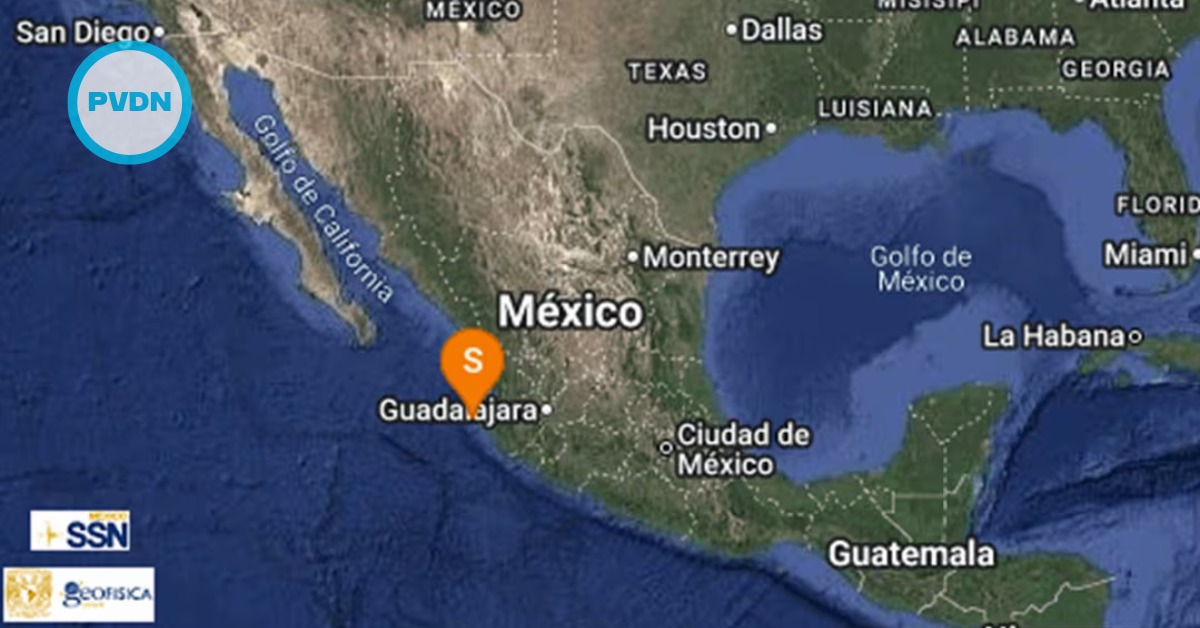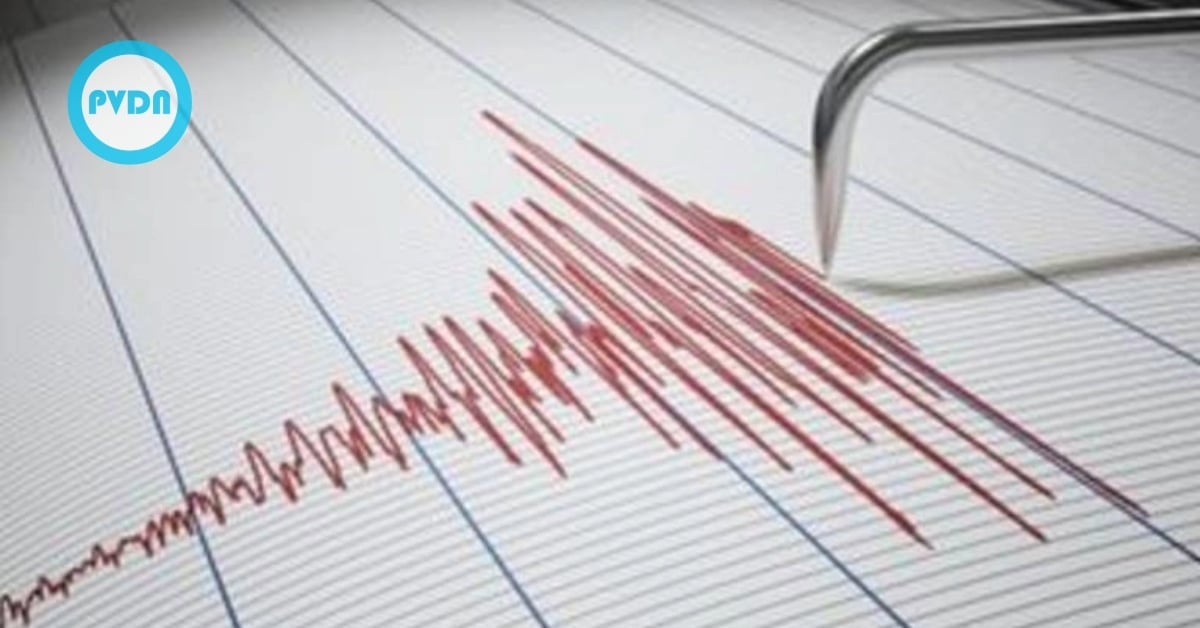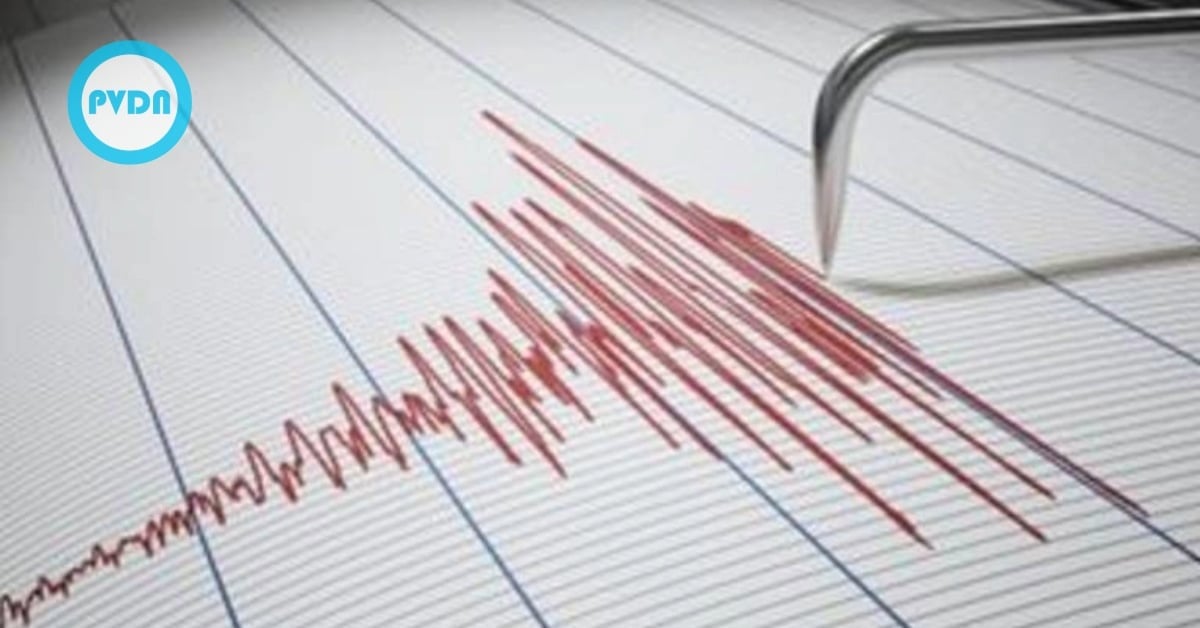On September 19, 2017, Mexico experienced one of the most devastating earthquakes in its modern history, marking a seismic event that is deeply etched in the memories of millions. This earthquake, which hit with a magnitude of 7.1, left the inhabitants of Mexico City and surrounding regions gripped by fear, and for many, it is a day that will never be forgotten. In Puebla, the epicenter, as well as in several other states, the earth shook violently, reducing buildings to rubble and taking hundreds of lives. For those who lived through it, the day remains a vivid marker of how fragile life can be when the earth begins to tremble.





